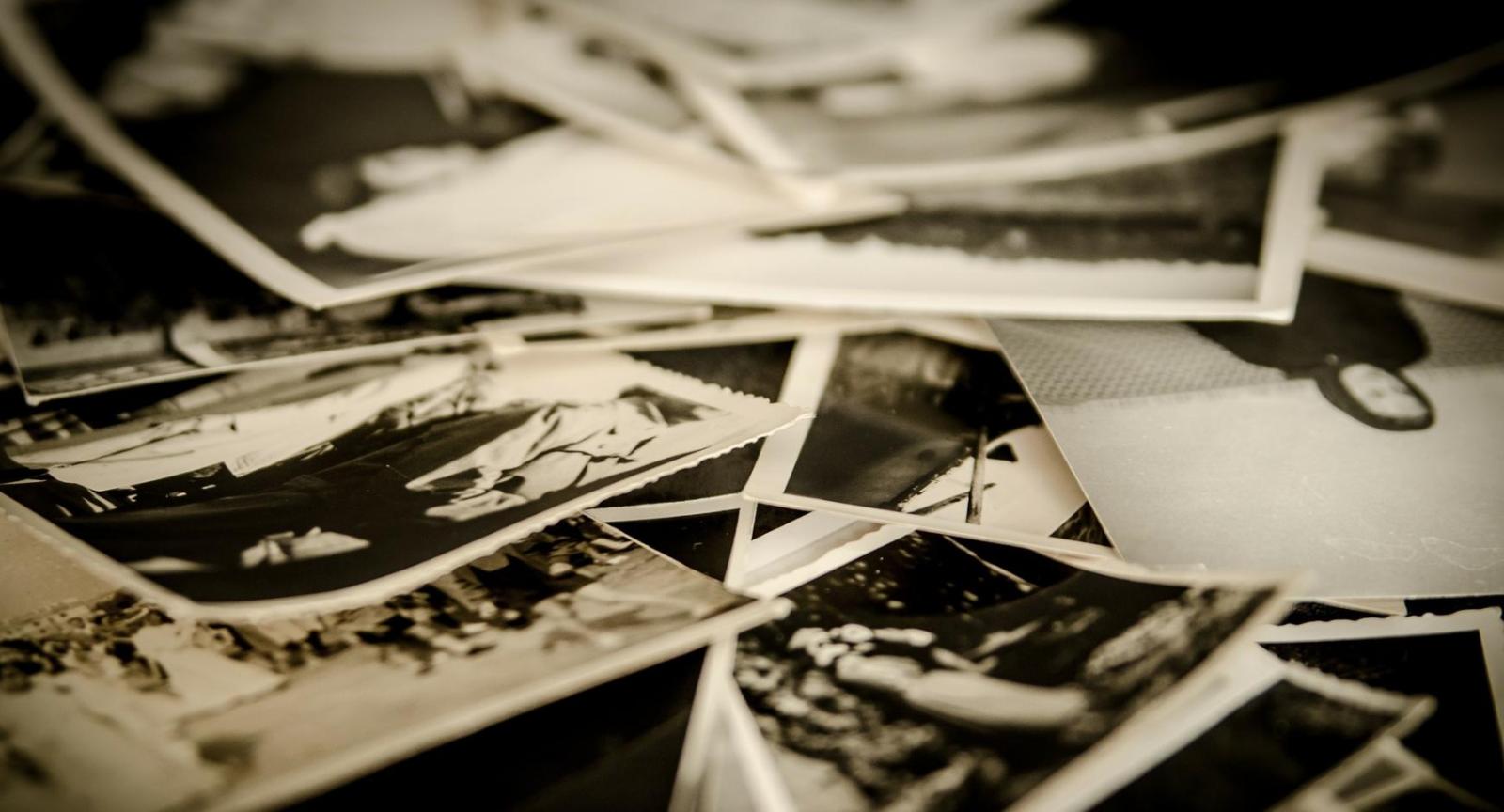
At the School of Information, we understand the profound impact natural disasters can have on individuals and communities. The following resource was compiled to offer guidance and support in helping you preserve your cherished memories and family treasures during challenging times.
Quick Tips
- Do not rush into salvage. Rushing may cause you to damage fragile paper. Instead, take your time and think about how you can work safely.
- Wear nitrile or latex gloves when working with flood damaged materials to protect yourself from contaminants in the water.
- Consider freezing wet books, paper and photographs to prevent mold growth. If possible, place pieces of wax paper at ¼” intervals in stacks of paper and between each photograph. Place stacks in plastic bags and freeze. Then you can thaw and dry them at your convenience.
- Do not freeze anything made of glass.
- Air dry materials by laying them out on a surface covered with paper towels, terrycloth towels, or other absorbent material. Dry paper in stacks no more than ¼” high. Dry photos in a single layer.
- Use fans to keep the air moving, but do not aim fans directly at the wet materials.
- Clean mold from materials using soot sponges.
- Materials may look curled or wrinkled after salvage. This is okay. Salvage is designed to get things safe from mold growth and further damage. A conservator may have to help restore damaged items to their previous appearance.
For advice, e-mail response@ischool.utexas.edu, and one of our faculty experts will provide guidance and resources to help you salvage your items.
How to Salvage Wet Materials
- Library of Congress Guide to Drying: Tips from the Library of Congress on how to preserve and dry paper, books, photographs, and other materials.
- National Park Service: The National Park Service has put together helpful leaflets on safety and the salvage of different types of materials after a water emergency.
- Health and safety hazards:http://www.nps.gov/museum/publications/conserveogram/21-01.pdf
- The salvage of objects: http://www.nps.gov/museum/publications/conserveogram/21-06.pdf
- The salvage of textiles: http://www.nps.gov/museum/publications/conserveogram/21-08.pdf
- Full list: (see section 21 for more disaster recovery advice) http://www.nps.gov/museum/publications/conserveogram/cons_toc.html
- Salvage of Water Damaged Materials: https://www.youtube.com/watch?v=rXyA5Dq_jHM&index=9&list=PL4DA994141F023199
- Emergency Salvage of Moldy Books and Paper: A detailed guide from the Northeast Document Conservation Center.
https://www.nedcc.org/free-resources/preservation-leaflets/3.-emergency-management/3.8-emergency-salvage-of-moldy-books-and-paper - Emergency Salvage of Wet Photographs: General instructions on air drying and freezing water damaged photographs.
https://www.nedcc.org/free-resources/preservation-leaflets/3.-emergency-management/3.7-emergency-salvage-of-wet-photographs - WAAC Salvage at a Glance Chart: A quick reference for salvage of all types of materials.
http://cool.conservation-us.org/waac/wn/wn19/wn19-2/wn19-207.html - Dealing with Soot and Ash: https://www.youtube.com/watch?v=s9i9BfofVFo&index=6&list=PL4DA994141F023199

